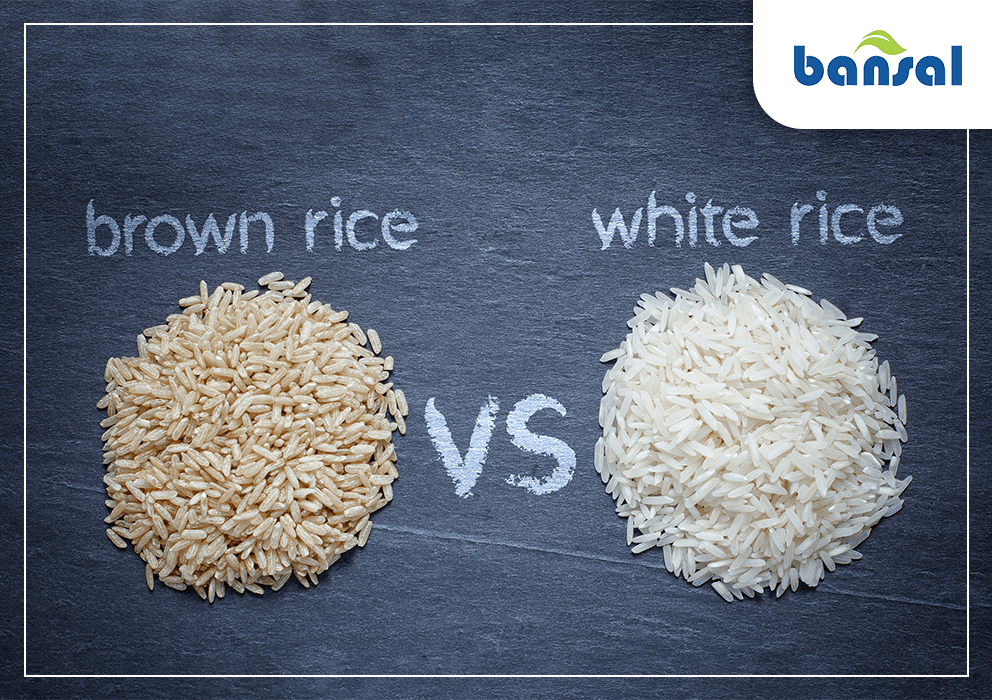Brown Rice vs White Rice: Which One is Better for Your Health?
Introduction:
Rice is a staple food for many people around the world, and both brown and white rice are popular options. While white rice is the most commonly consumed type, brown rice is a whole grain that contains more fiber, antioxidants, vitamins, and minerals. In this article, we will compare brown rice and white rice to help you make an informed decision about which one is better for your health.
Brown Rice: More Nutritious Than White Rice
Brown rice contains all parts of the grain, including the fibrous bran, the nutritious germ, and the carb-rich endosperm. It is high in fiber, magnesium, and antioxidants, which help to control blood sugar levels, lower cholesterol, reduce the risk of diabetes, and nourish gut bacteria. Eating brown rice instead of white rice may also significantly reduce weight, body mass index (BMI), and circumference of the waist and hips. Brown rice is an excellent source of manganese and selenium, essential for energy production, antioxidant function, and immune function. However, brown rice contains an antinutrient known as phytic acid, which may contribute to mineral deficiencies if consumed over the long term.
White Rice: Lower in Nutrients Than Brown Rice
White rice is refined rice with bran and germ removed, resulting in fewer essential nutrients. While it is softer and tends to cook more quickly, it has a higher glycemic index (GI) than brown rice, which means it increases blood sugar levels much faster. Eating lots of white rice increases the risk of diabetes. However, white rice is a good source of folate, which helps your body make DNA and other genetic material and also supports cell division.
Brown Rice vs White Rice: Which One is Better?
Brown rice has a more favorable nutrition profile than white rice due to its higher fiber, antioxidant, vitamin, and mineral content. It is also lower in GI, making it a better choice for those trying to manage their blood sugar levels. However, brown rice contains phytic acid, which may contribute to mineral deficiencies if consumed over the long term. On the other hand, white rice is lower in nutrients but is a good source of folate. Adding legumes and vegetables when eating white rice can help ensure a balanced meal.
Basmati Rice: The Epitome of Deliciousness and Luxury
Basmati rice is a long-grain rice variety that has been prized by connoisseurs around the world for its deliciousness and luxury. India is the leading exporter of Basmati rice to the global market, and KRBL, the world’s largest basmati rice exporter, is focusing on enhancing its presence in the non-basmati space with its plans to set up three plants in Gujarat, Karnataka, and Madhya Pradesh. Saudi Arabia, USA, Thailand, Spain, and Iran are the top five basmati rice importing countries. Most commonly, districts like Karnal, Panipat, Kurukshetra, Kaithal, Amritsar, Fatehgarh, Gurudaspur, Hoshiarpur, and Jalandhar are producers of good quality basmati rice.
Conclusion:
Both brown rice and white rice are high in carbohydrates, but brown rice has a slight advantage over white rice when it comes to nutrient content. It is higher in fiber, antioxidants, vitamins, and minerals, and lower in GI. However, brown rice contains phytic acid, which may contribute to mineral deficiencies if consumed over the long term. White rice, while lower in nutrients, is a good source of folate. Adding legumes and vegetables when eating white rice can help ensure a balanced meal.

